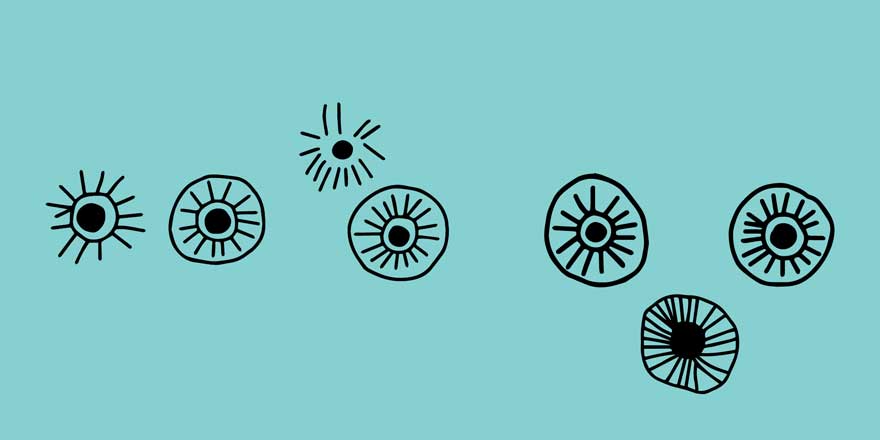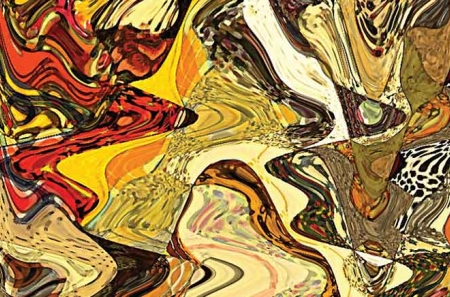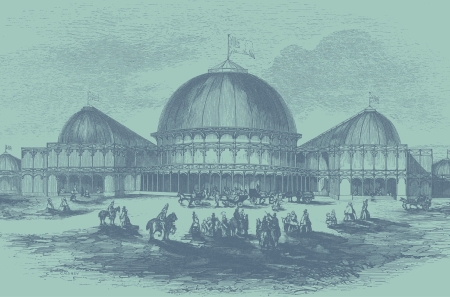
Watch: Revealing the Past 2023
19 January 2024If you missed our biennial seminar on 4 December 2023, presenting a selection of recent discoveries from archaeological excavation funded by the National Monuments Service, related research funded by the National Monuments Service and Historic Environment Division NI and radiocarbon dating research funded by Queen's University Belfast, through grants administered by the Royal Irish Academy's Standing Committee for Archaeology, you can watch it now.
1. Introduction from Chair of the Standing Committee for Archaeology – Mary Deevy
2. Staad Climate and Environmental Change Project - Fiona Beglane, ATU Sligo
Fiona Beglane presents research carried out at Staad Abbey, Co Sligo, where shifting sands on the adjacent beach revealed peat deposits. The aim of this RIA-funded project was to conduct detailed multi-proxy environmental analysis of a peat monolith obtained during a completed excavation of an Early Bronze Age wooden trackway/platform and a series of Middle Bronze Age wooden stakes. This presentation discussed the environment of deposition, anthropogenic indicators and changes in vegetation and land use through time from the start of peat deposition in the Mesolithic period, through to the Late Bronze Age.
3. In search of the elusive Palaeolithic in Ireland: Results from new archaeological fieldwork at Castlepook and Kilcolman caves, Co. Cork - Richard Jennings, Liverpool John Moors University; Ruth Carden, Helen Lewis, University College Dublin
Castlepook Cave in north Co. Cork once contained sediments and animal bones that accumulated inside during the Pleistocene. The cave was excavated in the early decades of last century. Dr Ruth Carden has identified bones with clear evidence of human modifications. When the cave was last explored in the 1970s it was reported that the past excavations had removed much of the sediments, but the explorers discovered new chambers that have been untouched. The Castlepook Cave Project is applying a suite of mapping, geophysical surveying, excavation, and post-excavation techniques using the latest technologies to unlock the secrets of this cave.
4. The Archaeology of Knocknashee - Dirk Brandherm, Queens University Belfast
Fieldwork undertaken since 2016 at the hilltop site of Knocknashee, (Co. Sligo) has established a Late Bronze Age date for the roundhouse occupation on the summit plateau of the hill but at the same time has raised questions regarding the exact nature of that occupation. The results from our excavations indicate that the site, previously categorized as a hillfort, in fact appears to have been unenclosed throughout prehistory. A primarily defensive purpose can thus confidently be ruled out. This raises wider issues concerning the nature of hillforts and other hilltop sites of the Irish Bronze Age, which now appear much more diverse in purpose than has been generally acknowledged in the past.
5. 'Home on the Grange': Excavations at Stalleen in the Boyne Valley - Matthew C. Stout, Dublin City University
The excavations at Stalleen, Co. Meath, revealed a significant multi-period site with finds reaching back to the Late Mesolithic hunter-gatherers. The untimely death of Mandy Stephens meant that this important excavation in the Boyne Valley remained unpublished. Thanks to a grant from the Royal Irish Academy’s Directed Archaeological Research for World Heritage Sites grant programme, Drs Matthew and Geraldine Stout were able to complete the report.
The earliest feature uncovered during these excavations is an early medieval oval enclosure which is arguably the earliest ecclesiastical site in Ireland. This phase is followed by a period of unenclosed settlement associated with a post-Viking souterrain and industrial activity. From late in the twelfth century and well into the sixteenth, the site was used as a Cistercian grange attached to Mellifont Abbey. The physical expression of this complex includes a substantial stone gate, associated ditches and industrial features. Few granges have been archaeologically investigated in Ireland and therefore this represents a significant discovery in both regional and national terms.
6. Dating the Mesolithic Axe Manufacturing at Ballaghaline, Doolin, Co. Clare - Michael Lynch
The clay layer beneath the storm beach and sand dunes at Tráleathan, between Doolin pier and the mouth of the Aille River in County Clare, is constantly being eroded by the sea. Monitoring since 2014 has shown that archaeological material erodes from the clay when it is exposed. Ongoing excavations from 2015 to date have recovered numerous roughouts, flakes and hammerstones associated with the manufacture of stone axes and other tools. This presentation will gives the results of the radiocarbon dates obtained from the site to date, many of which were provided by the RIA.
7. Barry Raftery's excavation at Bronze Age Rathgall – the Legacy- Katharina Becker, University College Cork
Katharina Becker managed the final phase of the publication of this important Late Bronze Age site in Co. Wicklow for the UCD School of Archaeology.
8. Investigating the Northern Irish Bog Butter Assemblage - Karen O'Toole, University College Dublin
Bog butter is among the most common finds recovered from Irish peatlands, though it remains relatively poorly understood. The practice of bog butter deposition currently extends from the Early Bronze Age to the Post-Medieval period and, as a result, bog butter has the potential to tell us much about farming, dairying, and diet in the past. This talk focuses on the bog butter assemblage from Northern Ireland, an especially under-researched assemblage. It will explore its character, chronology, and distribution through time, with reference to the wider Irish assemblage. In particular, it discusses new dates from the Northern Irish assemblage and the results of recent organic residue analyses which have greatly enhanced our understanding of bog butter deposition on the island of Ireland.
9. Preliminary results of the excavations of three recorded hut sites in Lismoher and Ballyganner North, Co. Clare - Elaine Lynch, Field Monument Advisor Programme for Co. Clare.
This presentation gives the preliminary results of two community excavations of three recorded hut/enclosure sites in the townland of Lismoher and Ballyganner North in the south central Burren of County Clare. The excavations were carried out over two seasons in May 2022 and May 2023. This provided an opportunity for the Burrenbeo Trust Conservation Volunteers to learn and experience the processes associated with archaeological excavation. A number of artefacts were uncovered from the sites along with human burials. The excavations were funded by the Royal Irish Academy.
10. ‘One day, all of this will be yours’: the Moynagh Lough Excavation Project, Phase 3 - Michael Potterton, Maynooth University
Moynagh Lough, County Meath is among the most significant archaeological sites ever discovered in Ireland. One of the Royal Irish Academy’s legacy projects, it has been funded by the Academy over three centuries. In 1888, W.G. Wood-Martin was awarded £10 to investigate the newly discovered crannog in Co. Meath. Almost a century later, in 1980, the Academy recommenced funding the excavations, then directed by John Bradley. The exceptional wetland excavation became a flagship project for the Academy, yielding a rich artefactual assemblage from Mesolithic, Neolithic, Bronze Age and medieval contexts. John published several articles about the findings, but when he passed away in 2014 the final excavation report remained incomplete. Thanks primarily to the Royal Irish Academy and the National Monuments Service, the Moynagh Lough Project was re-established in 2018. The hiatus after 1998 has one silver lining – science and technology have progressed so much that all kinds of new analyses and research are now possible. Fundamentally, the core goals remain the same: to get Moynagh fully published and to transfer the archive to the National Museum of Ireland. Today’s paper summarises some of the research recently funded by RIA and NMS grant schemes.



